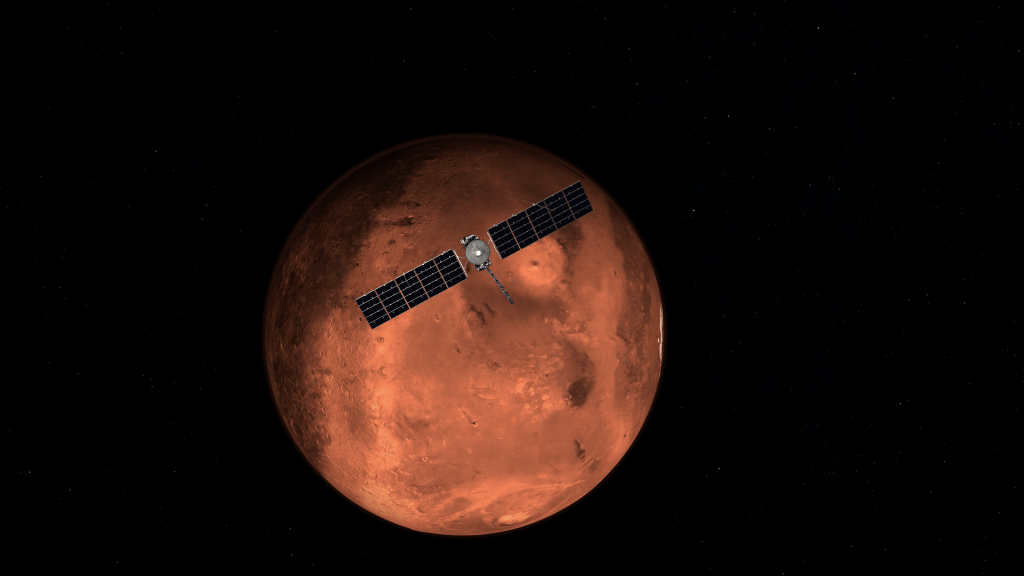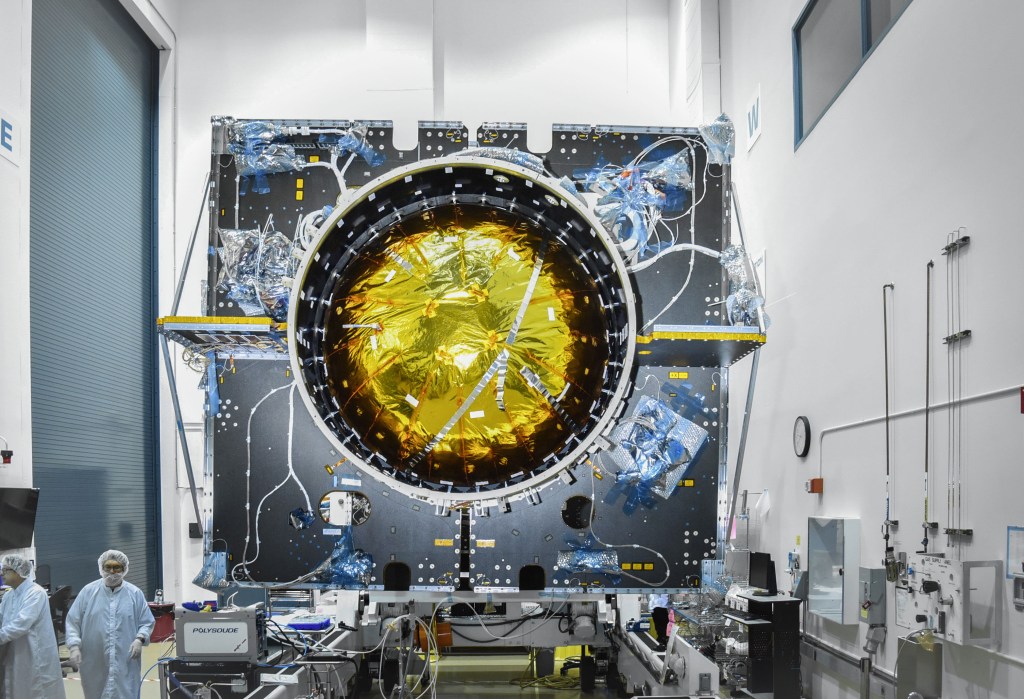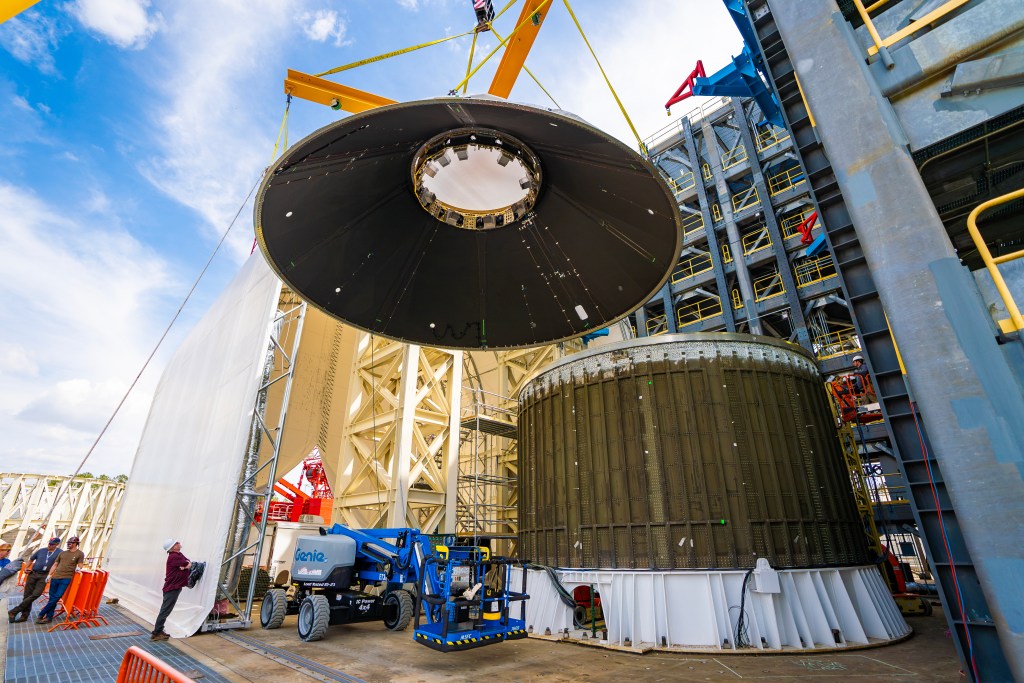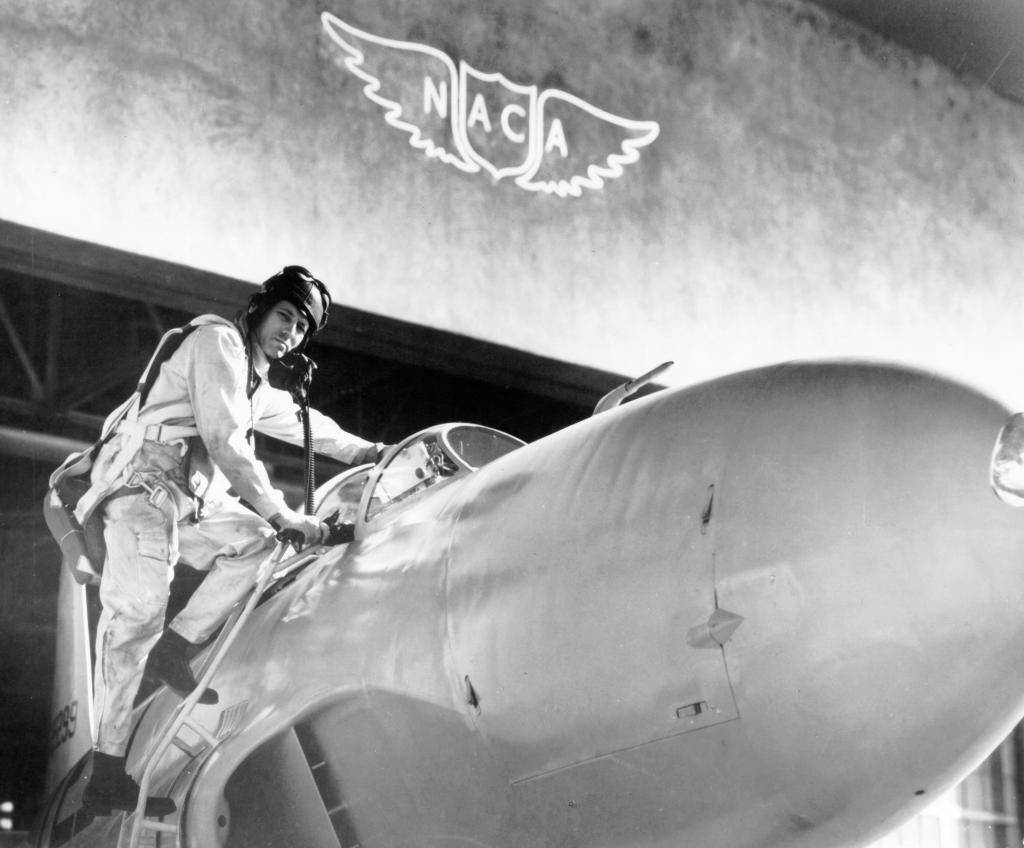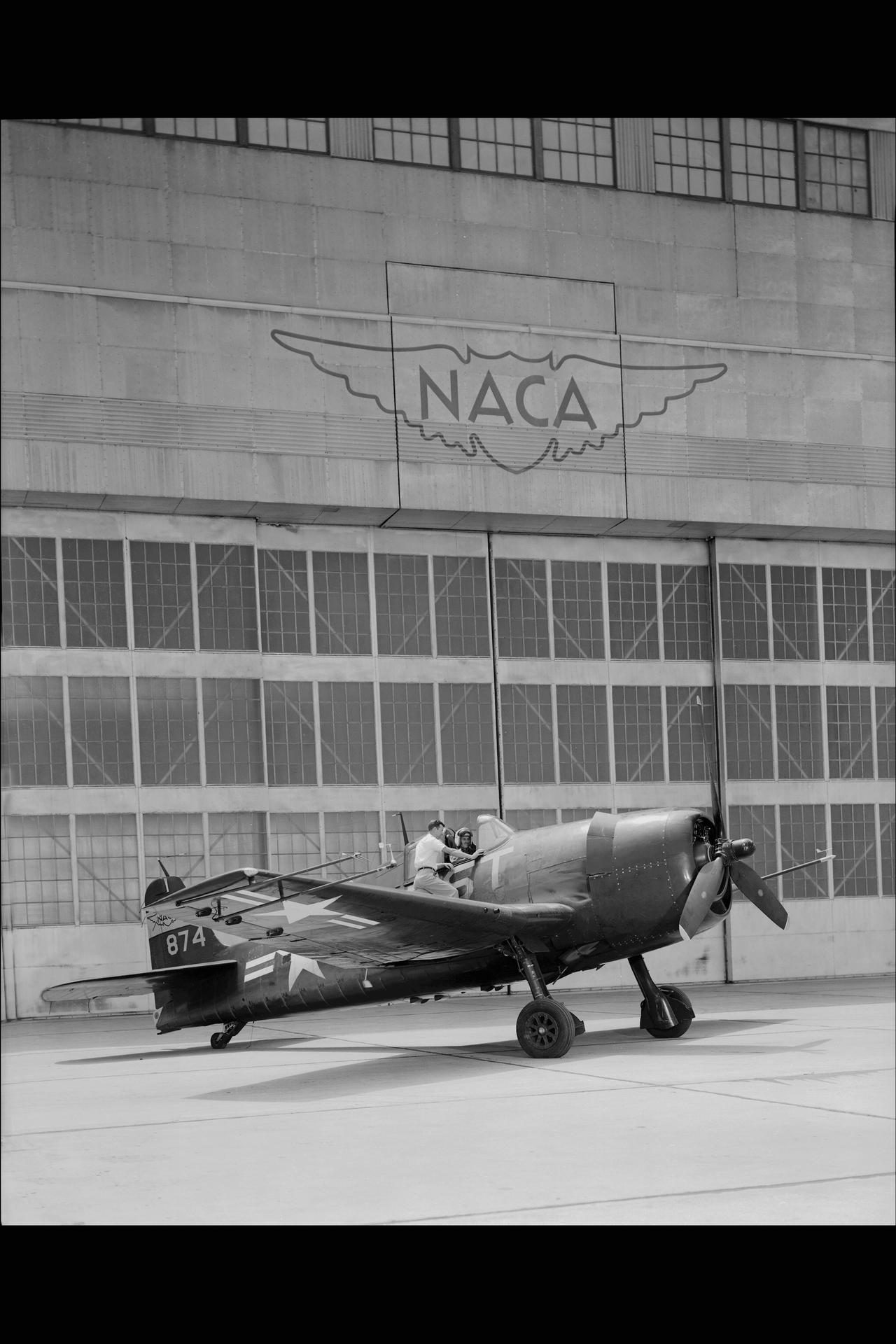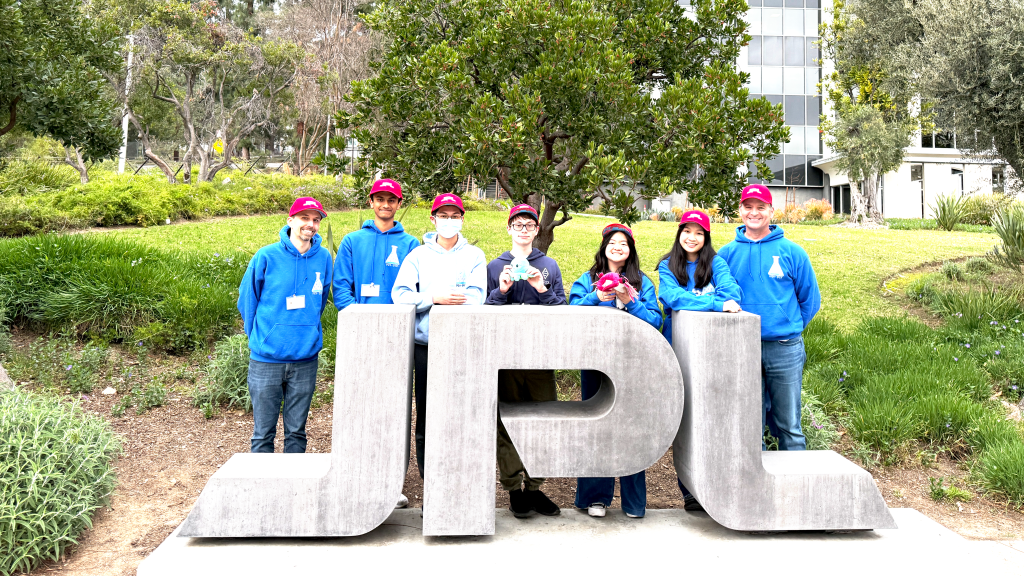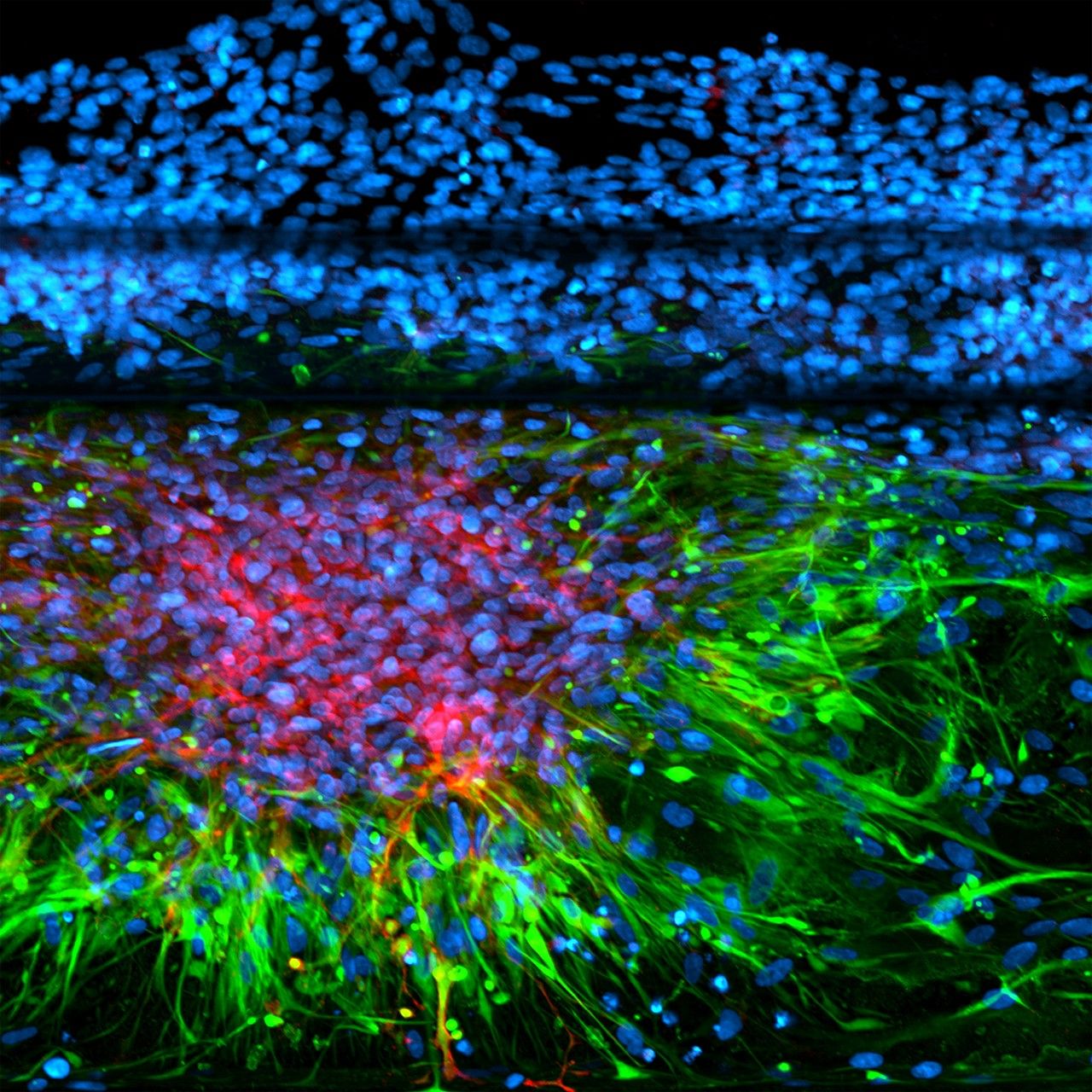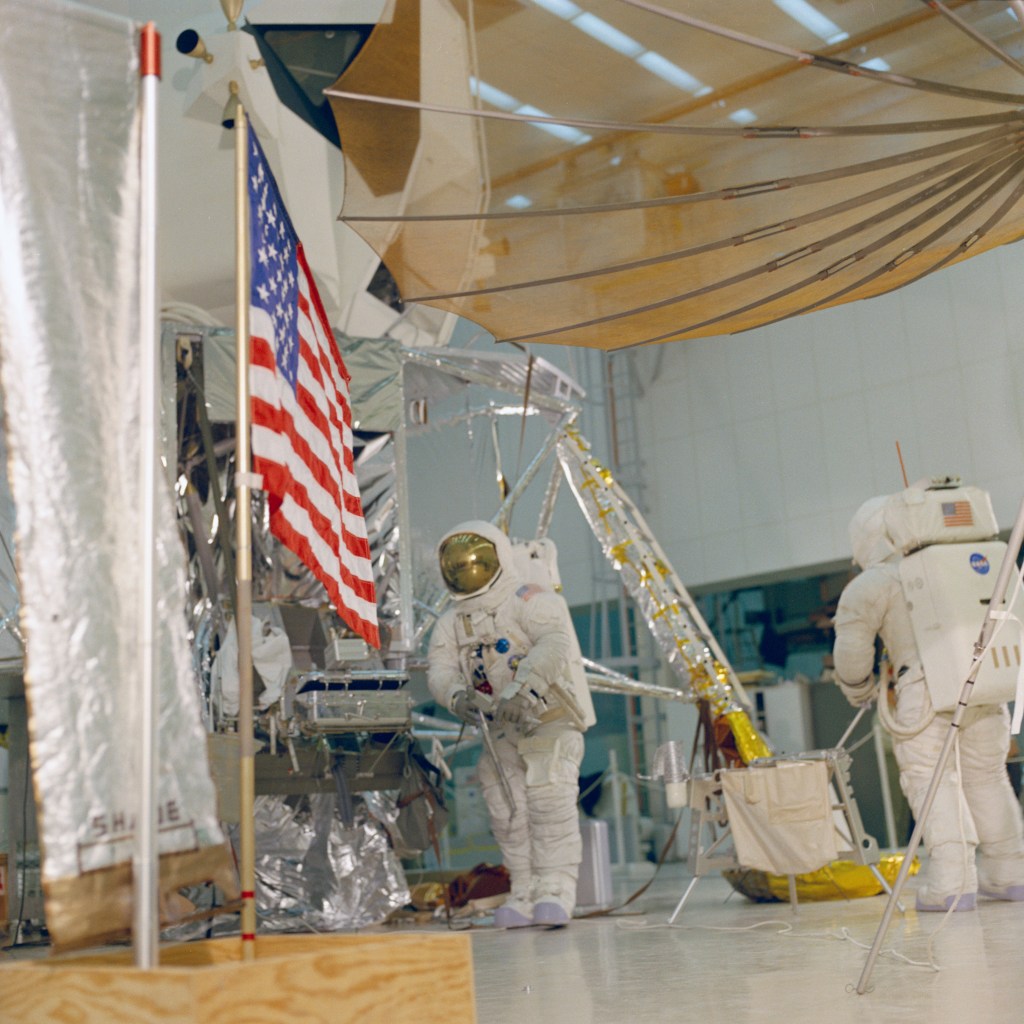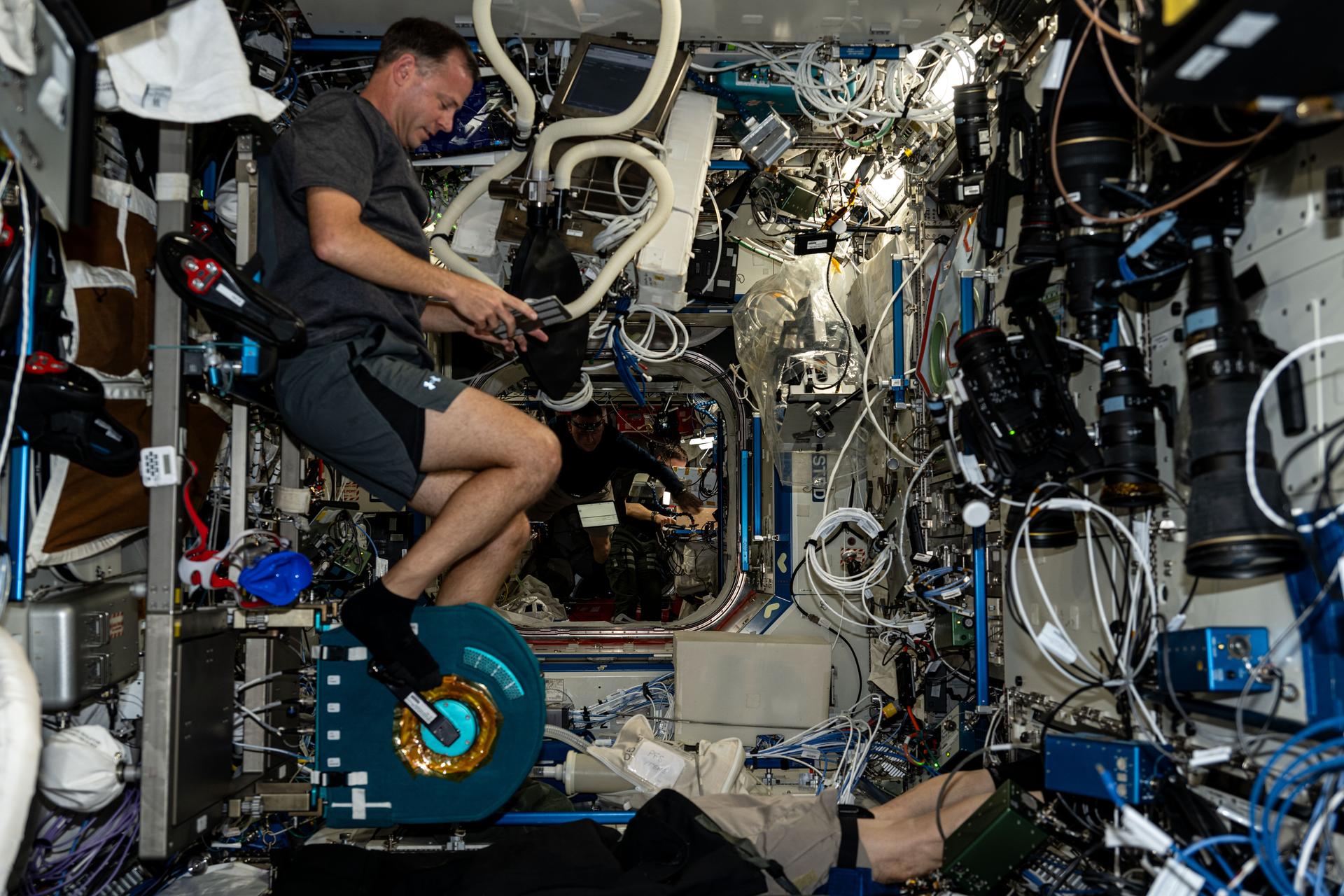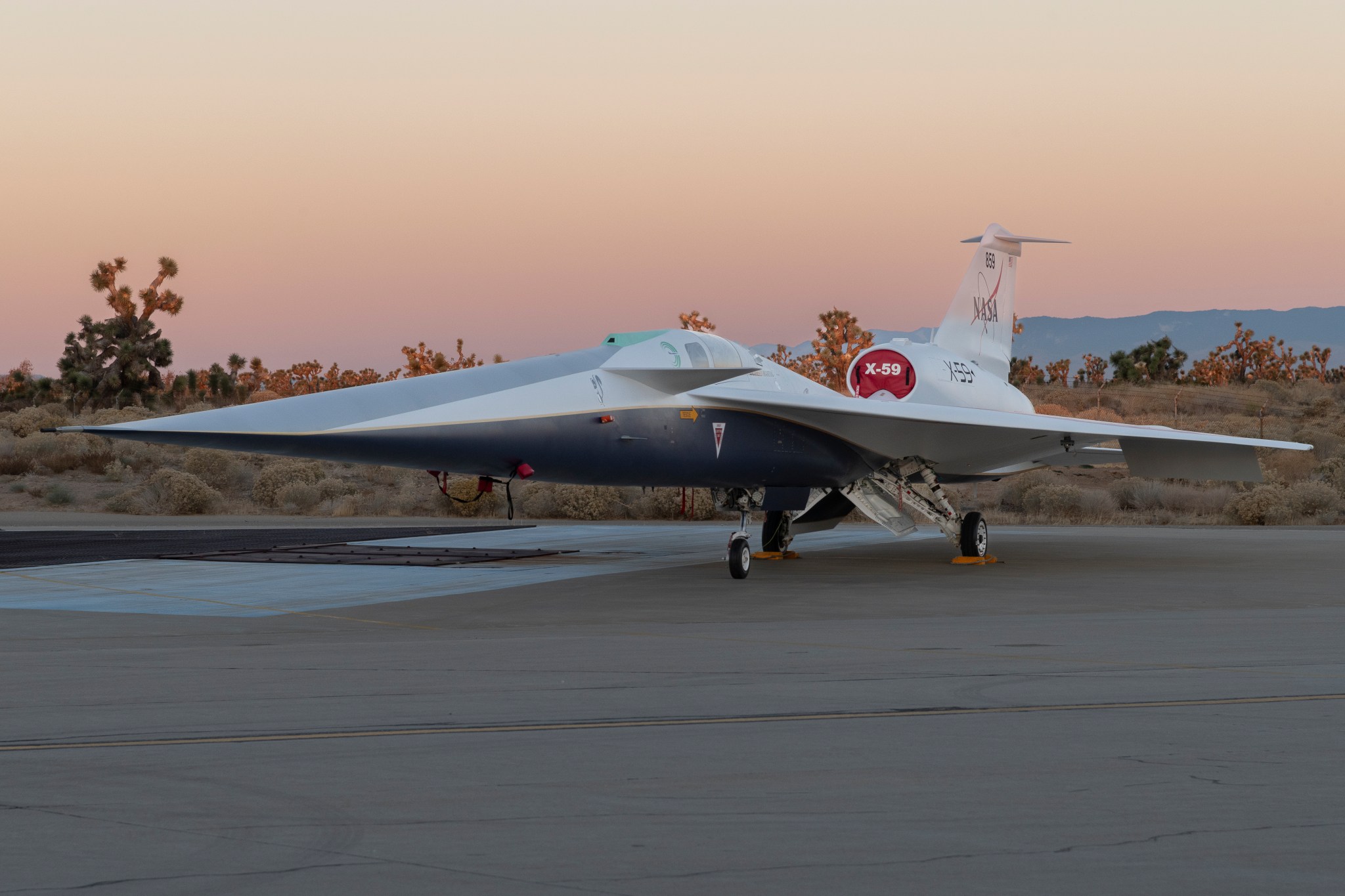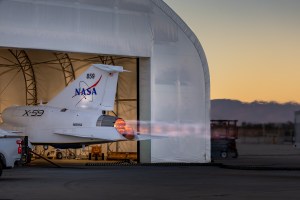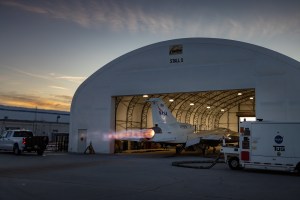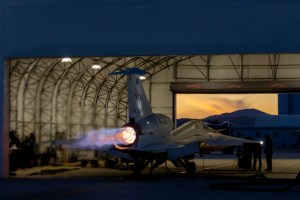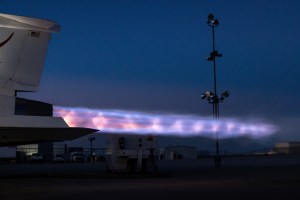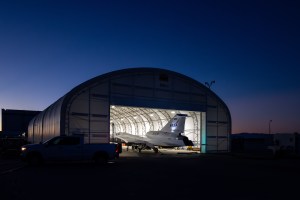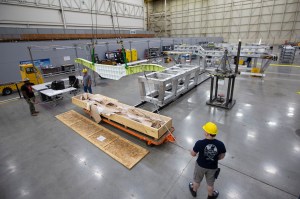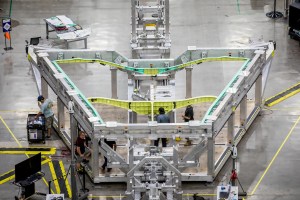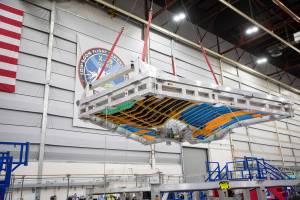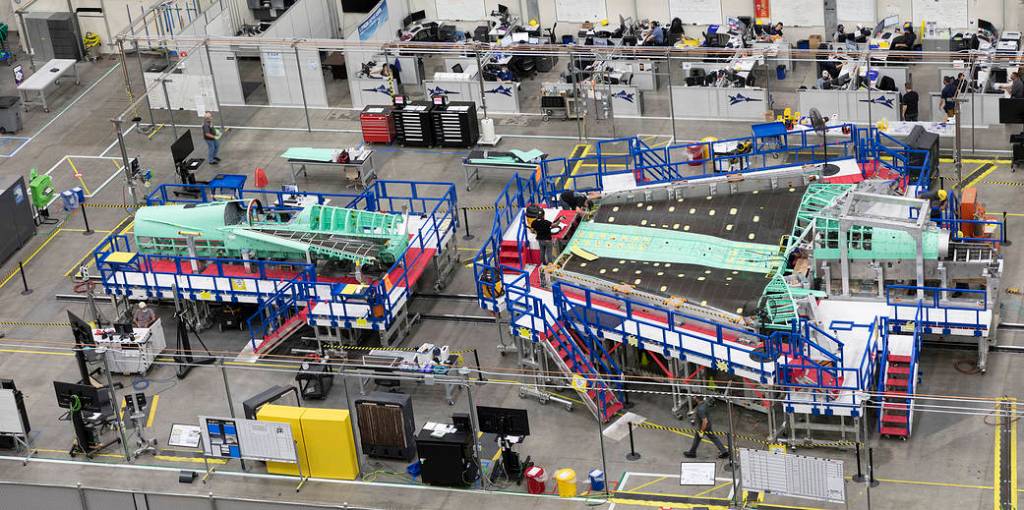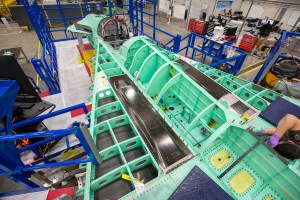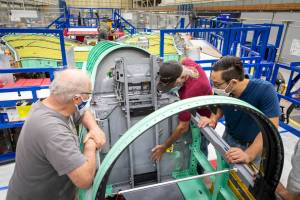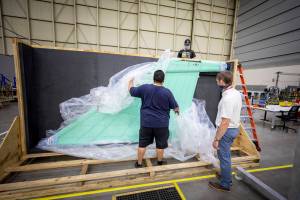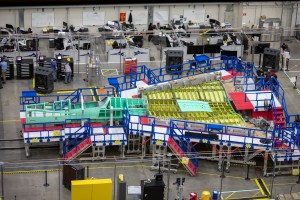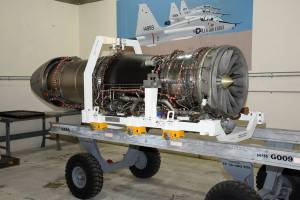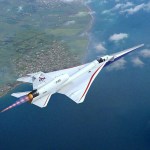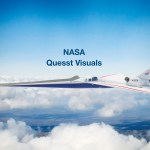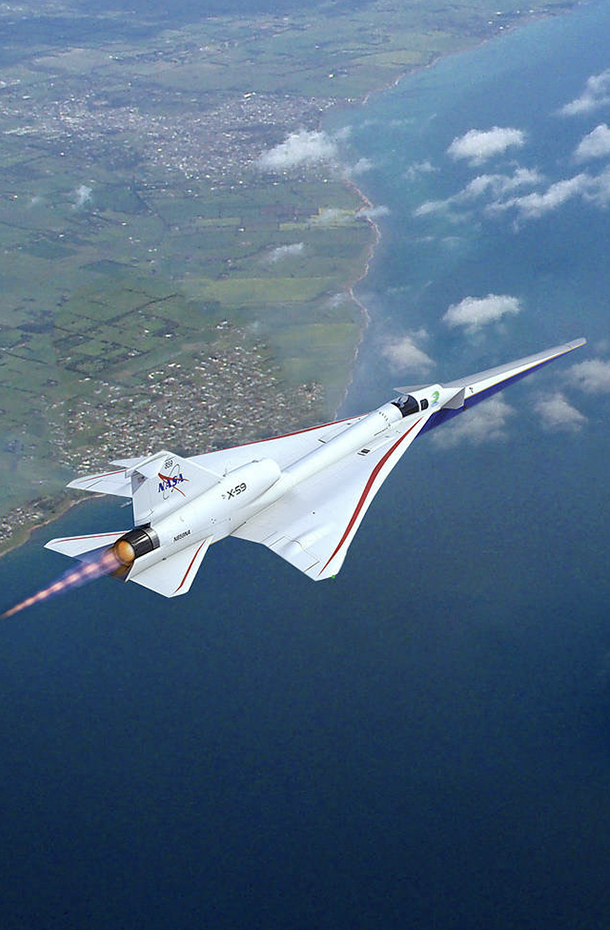Specifications on the X-59 Research Aircraft
This “four-view” of the X-59 research aircraft provides specifications of the piloted vehicle that is being built by Lockheed Martin Skunk Works. The X-59 is an experimental aircraft only; it is not a prototype design for a commercial airliner and will never carry passengers. Its unique shape and set of technologies reduce the loudness of a sonic boom reaching the ground to that of a gentle thump. It will be flown above select U.S. communities to collect data from residents responding to the X-59’s sonic thump.
Download a Large Version of this Graphic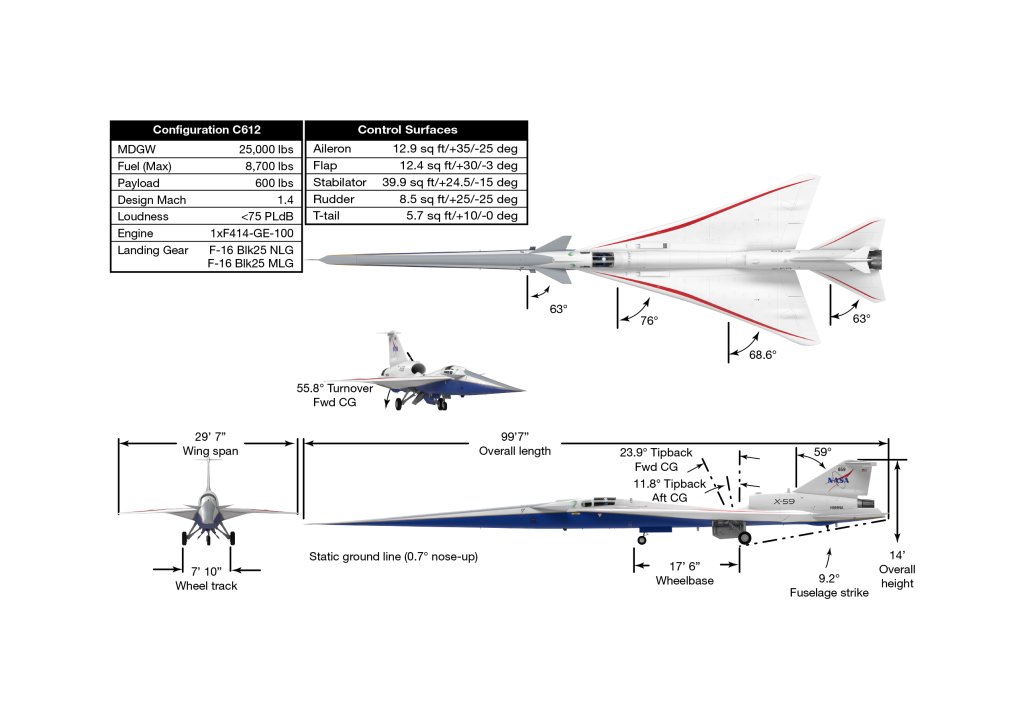
Quesst: The Vehicle News
Stay up-to-date with the latest content from the Quesst mission on the X-59 aircraft.

NASA’s quiet supersonic X-59 research aircraft has cleared electromagnetic testing, confirming its systems will work together safely, without interference across…

NASA completed the first maximum afterburner engine run test on its X-59 quiet supersonic research aircraft on Dec. 12. The…
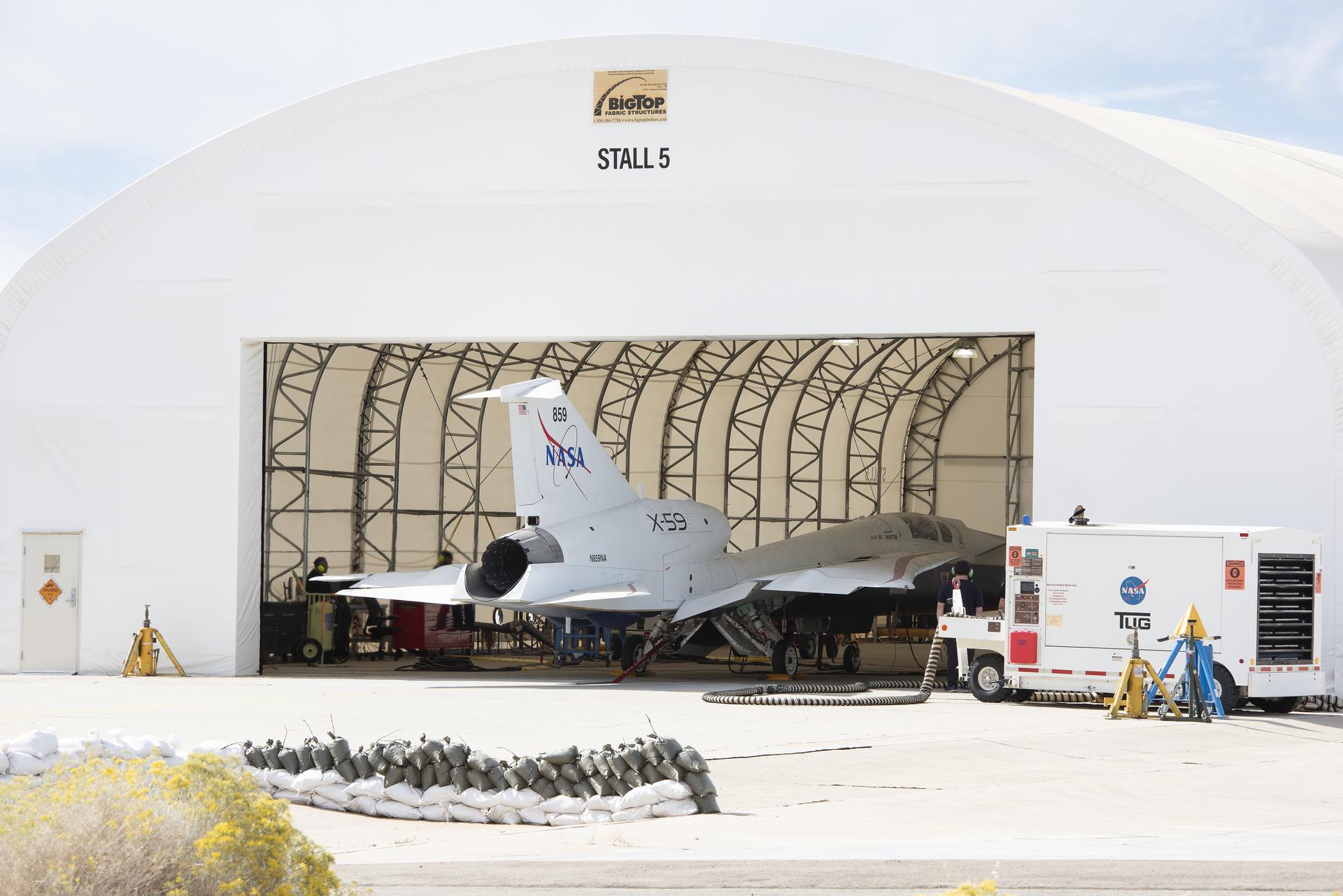
Lee esta historia en español aquí. NASA’s Quesst mission marked a major milestone with the start of tests on the…
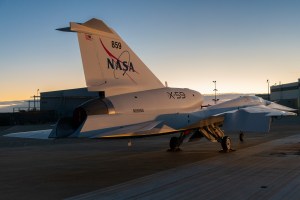
Lee esta historia en español aquí. The team preparing NASA’s X-59 continues through testing in preparation for the quiet supersonic aircraft to…
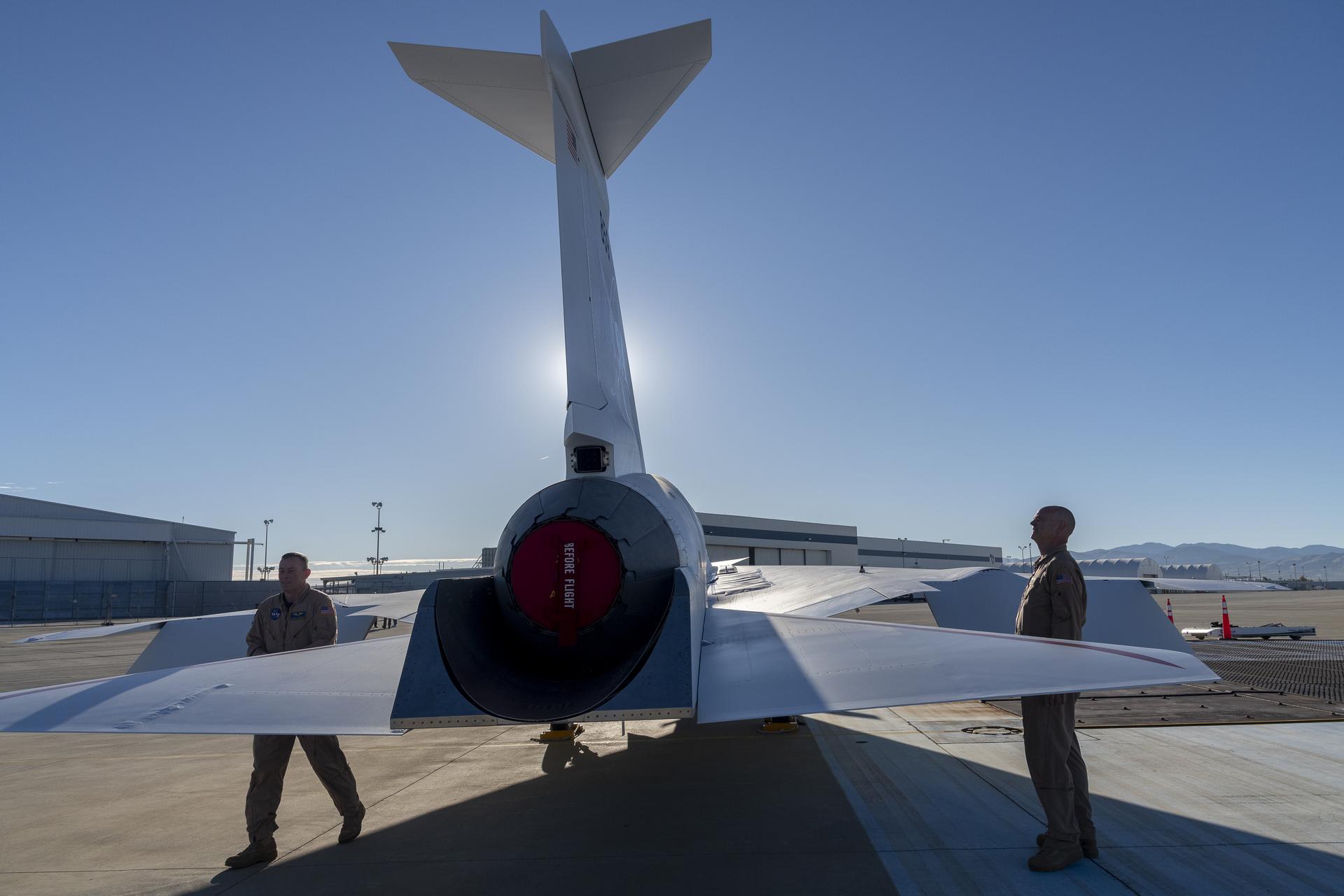
NASA has taken the next step toward verifying the airworthiness for its quiet supersonic X-59 aircraft with the completion of…
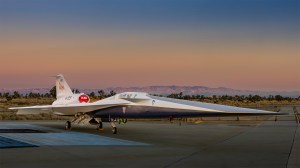
NASA and Lockheed Martin formally debuted the agency’s X-59 quiet supersonic aircraft Friday. Using this one-of-a-kind experimental airplane, NASA aims…
NASA’s X-59 Fires Up Engine for Maximum Afterburner Testing
Some Assembly Required: An X-59 Image Gallery
How NASA’s X-59 May Change the Future of High-Speed Flight
NASA’s X-59 quiet supersonic research aircraft is the culmination of decades of aeronautics and supersonic flight research. The X-59 is designed to be able to fly supersonic, or faster than the speed of sound, without producing a loud sonic boom. Instead, the X-59 is designed to reduce that boom to a quieter sonic “thump.” The X-59 is the centerpiece of NASA’s Quesst mission, which seeks to survey the public’s response to quieter supersonic flight and provide data to regulators to consider removing the current ban on commercial supersonic flight over land, opening the future to reduced flight times around the country and the world.
Watch this 2-minute video on YouTube

